Flowers Writ Large
With his Botanica Magnifica, podiatrist-turned-photographer Jonathan Singer captures flowers on the grandest of scales
/https://tf-cmsv2-smithsonianmag-media.s3.amazonaws.com/filer/Alpinia-boninsimensis-Makino-Jonathan-Singer-Botanica-Magnifica-photo-631.jpg)
In the fall of 2006, Jonathan Singer, a podiatrist from Bayonne, New Jersey, requested that John Kress, a botanist at the National Museum of Natural History, take a look at Singer’s photographs of orchids and other flowers. Kress was a bit skeptical, but he arranged to meet Singer outside the museum, at a gallery in Georgetown.
“He was looking for a botanical stamp of approval,” says Kress, who responded to Singer’s 20 or so large prints with excitement. Singer’s photographs of single, brightly colored blooms on stark black backgrounds struck Kress enough that he invited Singer to the museum’s research greenhouse in Suitland, Maryland.
“When he started shooting things in the collections, they got even better,” says Kress. Singer, 61, visited the greenhouse several times over the course of a year and a half, photographing many rare and endangered species never before seen by the public. As he accumulated more and more photographs, he set his sights on a book. But not just any book. “It’s got to be something special,” recalls Singer. He compiled 250 floral images into a five-volume, hand-pressed, double elephant folio—a printing method not used since Audubon’s Birds of America in the 1840s—and Botanica Magnifica, as it is called, earned a spot in Natural History’s rare book room.
Just think, Wallace Stevens was a lawyer for an insurance company while he penned his famous poetry, and William Carlos Williams, a pediatrician. So why not a podiatrist with an eye for photography? So the story goes, Singer was on the artist track, attending weekend classes at the Museum of Modern Art as a child and then studying art under the tutelage of abstract artist Ilya Bolotowsky at Southampton College in Long Island. But then he went to medical school at his mother’s urging, eventually opening two podiatry practices. It was only when he was diagnosed with Parkinson’s disease five years ago that he began to scale back on foot surgeries and really pursue photography.
Singer was attracted to colorful subjects; first, the graffiti of New York City, then, flowers. And it’s his flowers, in Botanica Magnifica, that have caused quite a stir. Art aficionados marvel at their painterly quality, and botanists are in awe of how Singer manages to capture them so true to form. “I have a hard time getting on my own digital camera the exact color of any plant in the field,” says Kress. “His are as close as I have ever seen. They look exactly like the real thing.”
Taken in low light, Singer’s photographs have been compared, at least in style, to the works of Brueghel, Vermeer and Rembrandt—all artists that Singer says Bolotowsky advised him to study because “they handle light better than anyone else ever did.” Somehow every part of Singer’s flowers are properly lit and in focus. Of course, Singer has upgraded from the Polaroids he had as a child, to a $40,000 color-perfect H2D-39 Hasselblad digital camera. But even Hasselblad was surprised that the camera was able to function in the way that Singer uses it, which according to professional photographers’ standards is technically wrong. “I’m very quick. I usually only take one shot,” says the immodest Singer.
A hulking man, standing 6’5” tall with a gray ponytail, Singer thinks big. At first, he wanted Botanica Magnifica to be eight feet six inches long and five feet wide in order to set a Guinness record for the world’s largest book. But he eventually settled, somewhat ironically given his use of the most modern of cameras, on the antiquated double elephant folio, measuring 39 ½ by 29 ½ inches. Needless to say, the choice presented its own challenges. He had to track down a bookbinder, a book press and a printer capable of the job, and the endeavor was expensive. “I stopped counting at a million dollars,” says Singer, who sunk most of his savings into the project.
“It’s about as large as can be made,” explains Leslie Overstreet, curator of the rare book room, when I visit to page through Botanica Magnifica. “Because of its physical presence it became a masterpiece of sorts.” She keeps the five volumes—orchidacea (orchids), florilegium (flower form), proteus (plant form), zingerbaceae (gingers) and botanicus (rare and endangered species)—in a wooden bureau. Kress, who hand-selected the most exotic and aesthetically interesting flowers for Singer to shoot, pulls the volume on gingers, his specialty. The Curcuma parviflora looked like a skinny artichoke with a plume of white leaves on top. The Globba radicalis had floppy petal-like stamen that, as Kress puts it, look like “dancing girls.” And the delicate white petals of the Alpinia boninsimensis glistened wet.
“Can you imagine finding that in the forest?” Kress exclaimed. Each flower seemed to take Kress back to the place in Thailand, Myanmar or southern China where he collected it. He is one of the few people in the world to have seen these blossoms, because strict agreements with the countries in which they were found stipulate that they not be released. But now, he will use Singer’s photographs—photographs that for the first time do the flowers justice—to share his discoveries with colleagues around the world. Because Singer’s images often portray the flowers larger than life (the Alpinia is really only an inch big), anatomical structures lost in a dried specimen are made visible.
Outside the botany community, Botanica Magnifica has its place too. “I think this is a very good tool to attract people to plants, to engage them and to let them know that there’s a whole world beyond tulips and daisies, carnations and chrysanthemums,” says Kress. After all, Singer photographed less than one-tenth, maybe even one-twentieth of the Smithsonian’s collection.
A coffee table version of the book by Abbeville Press is due out in September, and Singer, meanwhile, has his hopes set on Botanica Geographica, which he envisions as a volume per continent of native flora.
“I’m trying to give the world a message, to warn the world that the ecosystems and food chains are breaking down,” says Singer. “Hopefully, through this marriage of art, people will want to know the science. People say that’s so beautiful. What is it? Where is it from? They start asking questions.”
/https://tf-cmsv2-smithsonianmag-media.s3.amazonaws.com/accounts/headshot/megan.png)
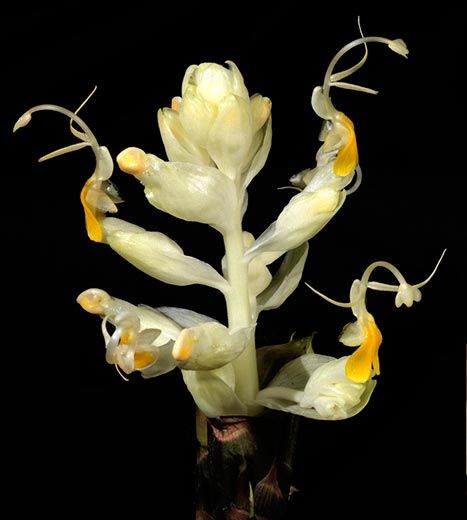
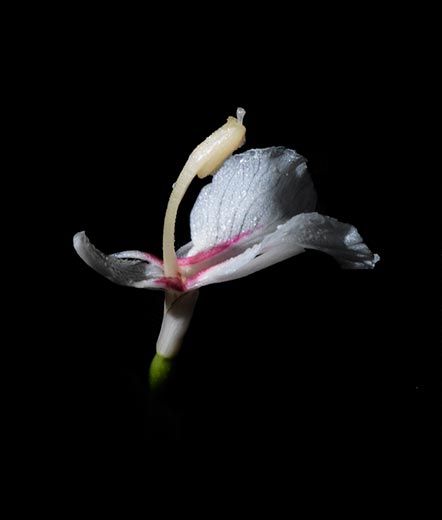
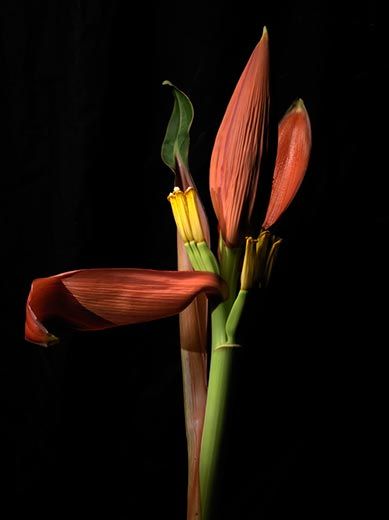
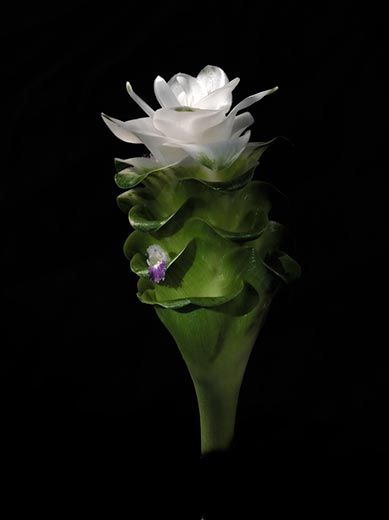
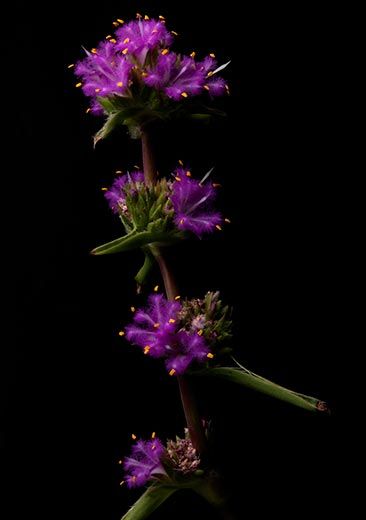
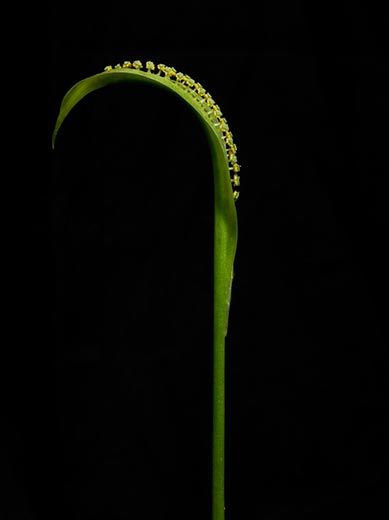
/https://tf-cmsv2-smithsonianmag-media.s3.amazonaws.com/accounts/headshot/megan.png)